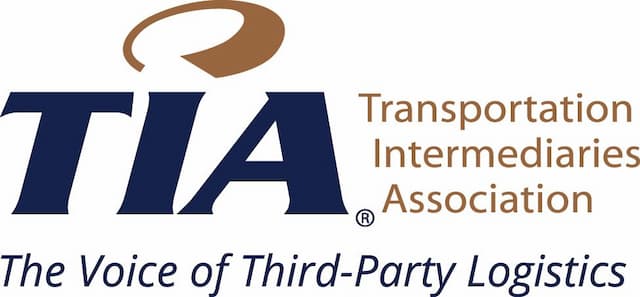Drop and Hook Trucking
The expression “drop and hook” is commonly used in the transportation business. It’s a type of delivery when the driver arrives at the facility and unloads the trailer. The driver returns to the road with a new empty trailer to make another delivery after warehouse employees unload the trailer. The driver of a live load trailer drives it to the loading docks and waits for it to be unloaded. The driver is not permitted to leave the dock until the unloading process has been completed. It is comparatively time-consuming as it takes time to unload the trailer.
Drop and hook trucking saves time because the driver does not have to wait for the unloading to complete before grabbing another empty truck from the warehouse for the next delivery. Drop and hook trucking is more dependable and efficient because the driver may cover more miles in less time. What are the uses of drop and hook trucking?
Following are the uses of drop and hook trucking which let you decide whether this service is worthy for your business or not: Warehouse backup
When a warehouse is overflowing and there aren’t enough employees, live load shipment can adversely be affected as the driver has to unload and reload the trailer. Drop and hook trucking is an excellent choice in this instance. Because the driver can leave the loaded truck at the warehouse and pick up the empty one without touching the load, the delivery process will not be disrupted. The live load way of delivering items, on the other hand, takes a long time and has an impact on the following delivery and total shipment process.
Unpacked cartons
It takes longer to load and unload a trailer containing loose or unpacked items, and significantly longer to load and unload live freight. A drop and hook shipment, on the other hand, allows the trailer to be preloaded rather than waiting for another vehicle to arrive, empty, and then load.
- - Sufficient space and loading tools
There are enough trailers, workers to load and unload the trailers, and room for the items in the drop and hook shipment facility. Because there are sufficient loading tools, the shipment procedure should not be hampered.
Time-consuming loading and unloading process
It doesn’t matter how long it takes to load and unload the trailer; the driver must leave the trailer full and return to the facility with an empty truck. The loading and unloading process does not obstruct the shipping process.
- - High-capacity delivery
Drop and hook delivery systems eliminate the need for loading and unloading, allowing them to function more efficiently for longer periods, resulting in the completion of more delivery orders. How do drop and hook shipping assist eCommerce businesses?
- Flexibility services
Drop and hook delivery service providing companies are quick in loading several tonnes of goods through their freights. Due to sufficient delivery tools and adequate resources, they are quick in response. Whereas traditional drop delivery system is not so flexible and fast as a result it consumes time and money.
- No coinciding freights
Truck drivers to load and unload the freight in live load execution, which has a negative impact on the entire shipment process owing to time consumption. In drop and hook shipment they have a dedicated workforce to load and unload the trucks, which means the driver can take the empty vehicle for the next delivery. It reduces the amount of time and money spent on the delivery procedure.
- - Quick delivery
It saves a lot of time and energy because the freight driver does not have to undertake any loading or unloading. Freight drivers can move with double the eagerness for the next assignment, and they can work more effectively since they spend less time at the dock and more time on the road.
- Easy management
For freight drivers, carriers, and shippers, the drop and hook delivery system simplifies the entire pick-to-drop operation. Rather than supervising the delivery process via a tight window, shippers can preload the items, and trucks can pick them up and drop them off at the dock before moving on to the next job.
- Affordable shipping
Drop and hook shipment is less expensive than standard shipping techniques, which need scheduling backups for loading, unloading, and shippers. They’re also in charge of warehousing difficulties. All of these factors add to the overall cost of the delivery procedure.
The term “drop and hook” is usually accompanied by significant trailer networks. It is a more efficient method of delivering goods because each task is assigned to professional personnel. Shippers, packers, and warehouse operators do not work with freight drivers. It simplifies and streamlines the entire shipping procedure. Drivers are just needed to drive and are not required to load or unload freight, making the delivery process faster and more efficient.

